The Steady State Theory or a Big Bang? How was the Universe created?
25th Jan 2024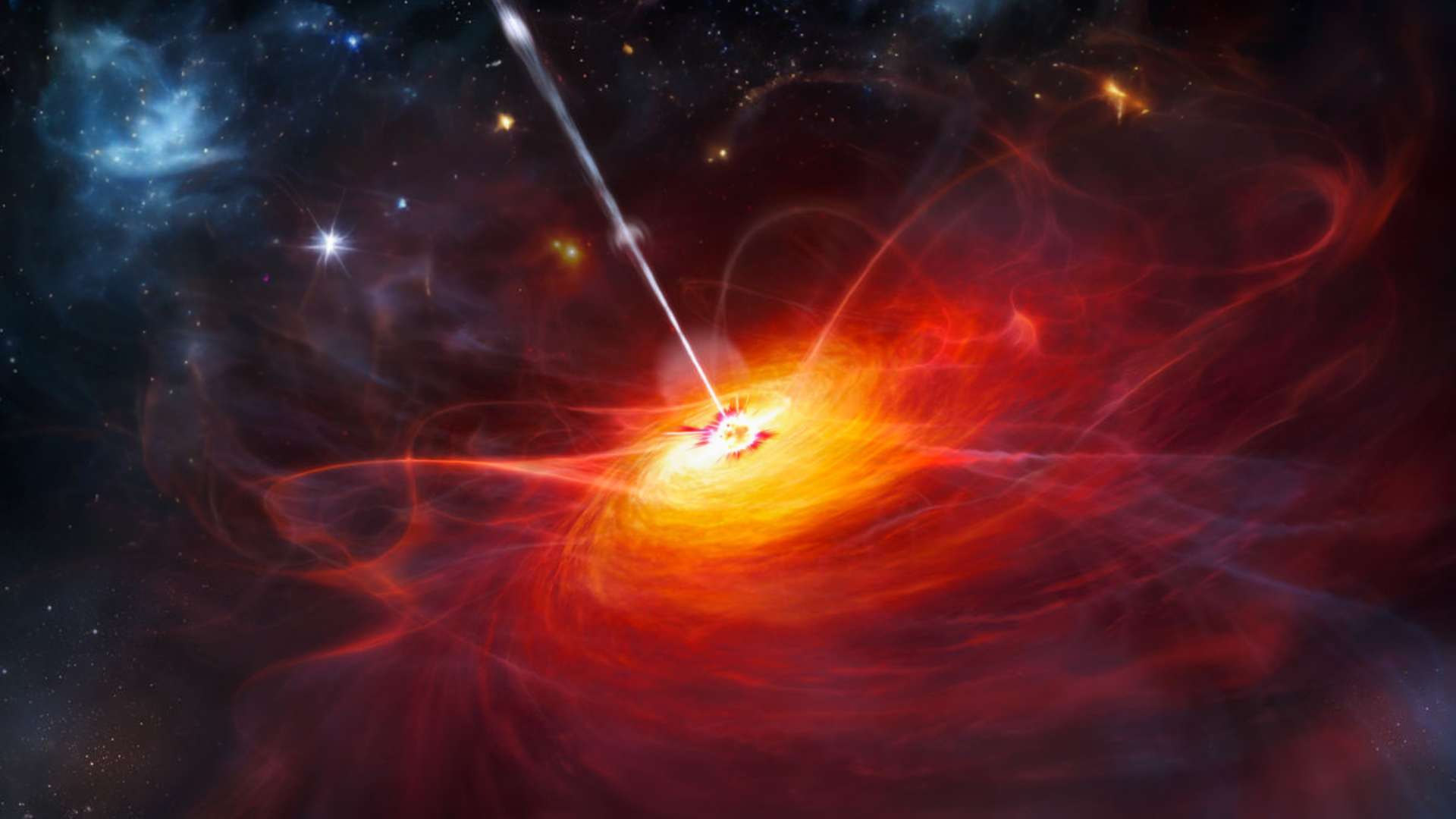
In today’s scientific world, it is generally accepted that the Big Bang model best explains the origin of the Universe. However, history shows examples of changing world views. In this article, we will talk about the Steady State theory: what it is, how it arose and developed, how it differs from the Big Bang Theory, and why, ultimately, it did not take root in the scientific community.
What is the Steady State theory?
Steady State theory (SST) is a cosmological model suggesting that the Universe has no beginning or end but always exists in a constant state in which density and temperature remain unchanged. At the same time, the concept allows for changes on a local scale. It is known that stars eventually die, turning into black dwarfs, holes, and neutron stars. According to SST, new luminaries appear only when the time comes to replace the extinct ones. As a result, the average amount of light emitted does not change over time, and the distribution of old and new objects remains uniform.
Who proposed the Steady State theory?
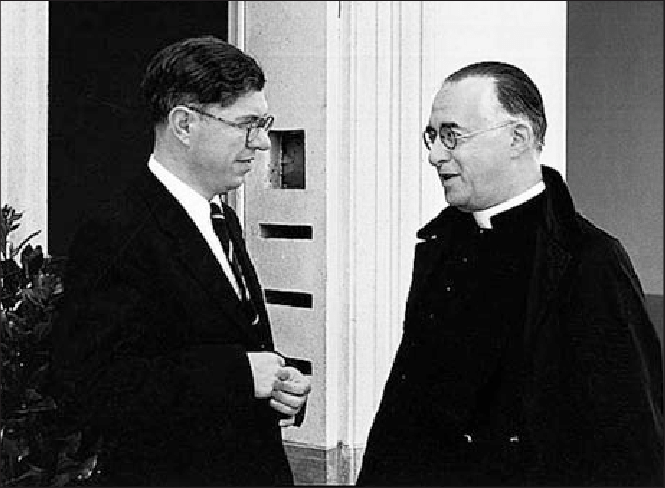
The steady-state concept was put forward in 1948 by scientists Fred Hoyle, Thomas Gold, and Hermann Bondi in opposition to the Bing Bang theory, also known as the theory of primordial nucleosynthesis. The Big Bang model arose from Einstein’s theory of relativity in the 1920-30s and suggests that, billions of years ago, the Universe was in the hot state of a primordial atom. That is, in the form of a very compact abstract ball (or point) with an infinitely huge density and temperature.
For some reason, this point began to expand and gave birth to the Universe that we know. This process could be compared to an explosion, which is where the name came from. The term was first used by Fred Hoyle in 1949; until then, the theory was called the “dynamic evolving model”.
Many scientists, including Hoyle, Gold and Bondi, disliked the Big Bang Theory, believing it to be unaesthetic, unphysical, and incompatible with the principle of modern cosmological homogeneity (isotropy). They also objected to the Big Bang Theory premise, implying that the universe had a beginning, which they believed was close to the religious notion of creation. Therefore, they proposed their own alternative model based on the idea that the Universe has always existed and has not changed over time.
How does the Steady State theory of the universe differ from the Big Bang Theory?
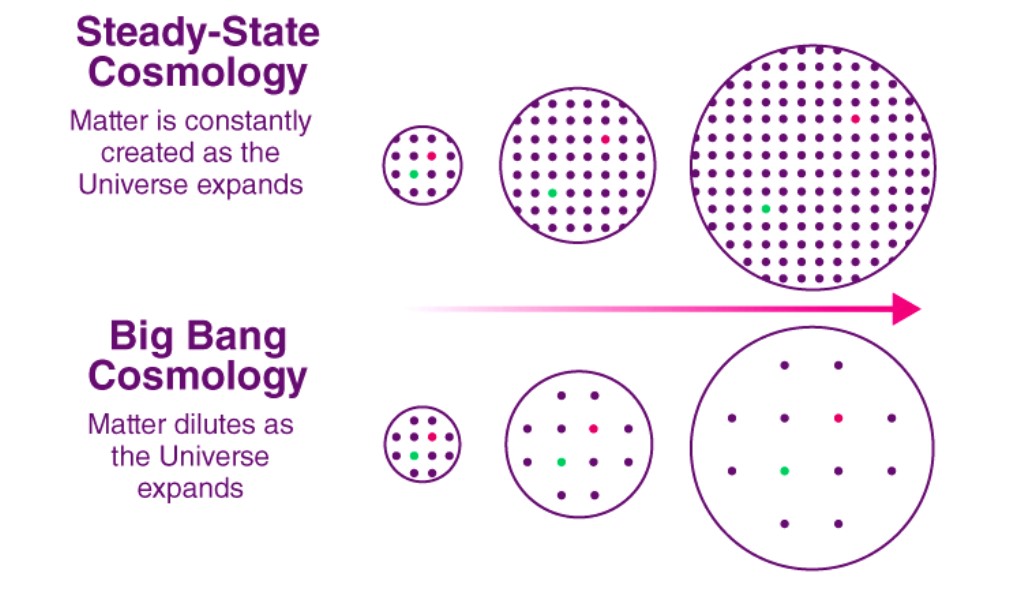
In fact, both theories describe the same process — the evolution of the Universe through expansion. But proponents of primordial nucleosynthesis believe that, in the past, it was much denser and hotter than today due to nuclear reactions that took place in the primitive atom. And this is precisely how they explain the expansion of the Universe. At the same time, its density decreases over time. And this explanation is in perfect agreement with the known laws of physics.
The constant or stable universe concept says that, even if the volume of the Universe increases over time, its density and temperature do not change because there is a continuous creation of matter that fills the resulting gaps between galaxies. Thus, the main differences between the two theories are as follows:
| Big Bang | Steady State |
| The universe began with a singularity and has a finite age | The universe has neither a beginning nor an end |
| The universe is isotropic and homogeneous in space, but not in time | The Universe is isotropic and homogeneous in space and time |
| Matter in the Universe is conserved | Mass is created to comply with the ideal cosmological principle |
What are the problems with the Steady State model?
Problems with the steady state model of the Universe began to arise in the 1950s and 60s, when observations of cosmic radio signals confirmed the idea that the Universe was actually changing. Bright radio sources (quasars and radio galaxies) have only been detected at large distances (and therefore could only have existed in the distant past due to the influence of the speed of light on astronomy), and not in closer galaxies. This refuted the postulate that such objects would be found throughout the Universe. There was one less evidence to support the Steady State theory, although some of its proponents argued that the radio data was questionable.
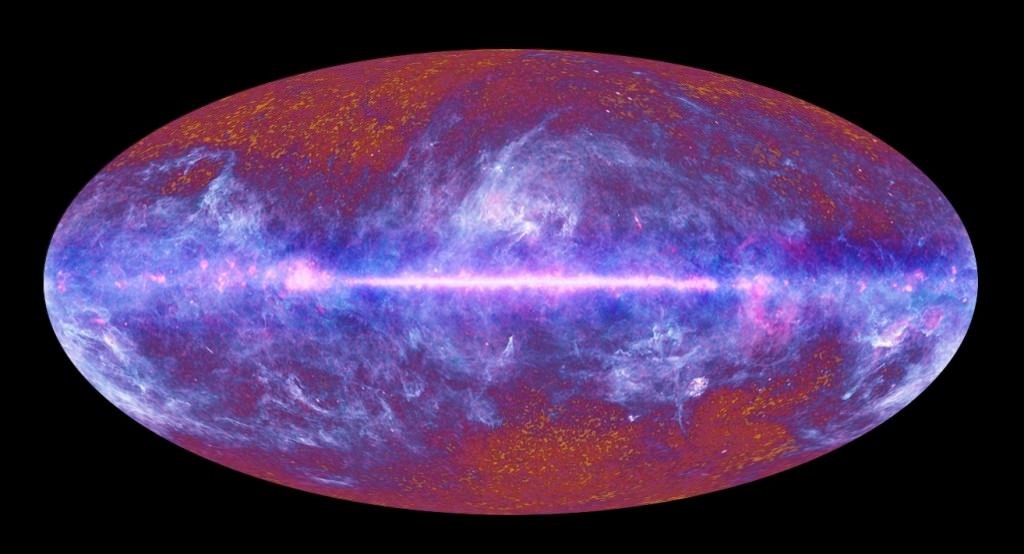
The discovery of cosmic microwave background (relict microwave) radiation in 1965 by Arno Allan Penzias, (who died on 22 January 2024) and Robert Woodrow Wilson subjected SST to another wave of intense criticism. The cosmic microwave background (CMB) is electromagnetic radiation that fills the entire Universe and has a temperature of about 2.7 K (-270.45°C). Its existence indicates that the Universe was hot and dense in the past and that it is cooling and expanding over time. The stationary theory could not explain the origin and properties of the cosmic microwave background radiation.
The third decisive argument was the absence of a physical mechanism that would allow the creation of new matter in space. SST assumed that new matter was constantly emerging in space to fill the emerging gaps between galaxies. However, it did not, in any way, explain how and why this happens, and what is the nature of this new matter. This violated the conservation of energy and momentum laws, as well as the principles of quantum mechanics and thermodynamics.
Finally, Olbers’s paradox, formulated back in the 18th century, speaks against the stationary theory. If the Universe is infinite, uniform, and unchanging in time, then in any direction, there should be some star in the line of sight, and the entire surface of the sky should be as bright as the Sun. However, we see that at night, the sky is dark, and the stars occupy only a small part of it. This means that the assumption of a stationary Universe is incorrect, implying it has a beginning and an end.
Thus, most cosmologists accepted the Big Bang Theory, which better matched observation facts and theoretical predictions. But not everyone gave up right away.
Modern Models of the Universe Creation
Some scientists have attempted to propose models aimed at eliminating the problems and shortcomings of the original Steady State Universe theory. In particular, in the early 90s, SST founder Fred Hoyle, together with astrophysicists Geoffrey Burbidge and Jayant V. Narlikar, put forward the quasi-steady state (QSS) hypothesis. This model assumes that the Universe periodically goes through cycles of expansion and contraction (mini-explosions). During expansion, new matter is created, and during compression, some of the matter is annihilated. Thus, the average density of the Universe remains unchanged, and its age is infinite. Quasi-steady state cosmology is an attempt by Hoyle, Burbidge, and Narlikar to account for the evolution of the temperature of the cosmic microwave background radiation and to explain the abundance of faint radio sources in the Universe, which is always the same over a very long time. However, despite all the modifications that were made by scientists in attempts to prove the viability of their model, the astronomical community found many shortcomings and inconsistencies in their theory.
Did Einstein and Hawking believe in the Steady State theory?
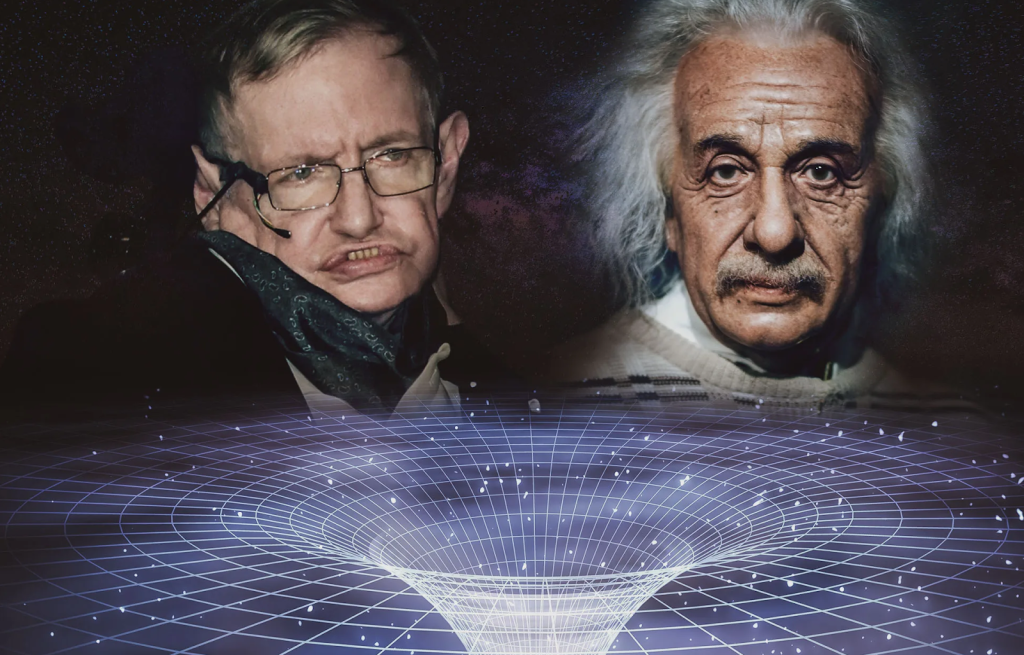
No, both scientists did not support this theory, although Einstein initially considered a static model of the Universe, which assumed that it neither expands nor contracts. However, he abandoned this idea after the discovery of Hubble’s law in 1929. The scientist chose in favour of the Big Bang Theory, which corresponded to his general theory of relativity and observational data on cosmic microwave background radiation and cosmological inhomogeneity. Einstein also doubted the possibility of creating new matter from nothing, as the SST proposed. In one of his letters, he wrote: “I cannot believe that the constant creation of matter from empty space by some incomprehensible process is compatible with our knowledge of the natural laws.” The scientist also criticized SST for the lack of specific predictions that could be experimentally tested.
Stephen Hawking, who lived much later than his great colleague, was inclined to the same conclusions:
“…it (SST) made definite predictions, which could be tested by observation, and possibly falsified. Unfortunately for the theory, they were falsified”.
Why did the steady-state theory fail?
The constant model of the Universe was destroyed as humanity looked deeper into space and got to know it better. In the late 1990s, it was discovered that in distant galaxies, the distance to which was determined by Hubble’s law, type Ia supernovae have a lower brightness than they should. Based on this, it was concluded that the Universe is not just expanding but expanding with acceleration, and this process has been happening for approximately the last five billion years. That is, the Universe is expanding at a rate that systematically increases with distance.
Based on data collected by the Wilkinson Microwave Anisotropy Probe (WMAP), the rate of cosmic expansion is currently estimated to be between 70 and 73.8 km/s per Mpc (43.5 to 46 m/s per Mpc), with uncertainty of 3%. These values are in the best agreement with recent calculations, which place the age of the Universe at about 13.8 billion years. In other words, the Universe is not infinitely old, and it did have a beginning.
Conclusions
Despite the obvious superiority of the Bing Bang theory, some cosmologists still adhere to the Steady State theory because, even now, there is no absolute proof for any hypothesis of the Universe’s origin. But where did this primordial atom come from? What about matter? Unfortunately, modern science still does not know the answers to many questions, but it will definitely find them.
We continue to follow heated scientific debates and bring you all the most interesting news about space! Stay with Orbital Today — you will not get bored!
References and Additional information:
- Steady-state theory cosmology/ Britannica
https://www.britannica.com/science/steady-state-theory - FUNDAMENTAL ISSUES IN COSMOLOGY. Professor Joseph Silk
https://www.astro.ubc.ca/people/scott/cosprinc.html - A New Model for the Expanding Universe/ Hoyle, F. Monthly Notices of the Royal Astronomical Society, Vol. 108, p.372
https://ui.adsabs.harvard.edu/abs/1948MNRAS.108.372H/abstract - Big Bang or Steady State? George Gamow
https://history.aip.org/exhibits/cosmology/ideas/bigbang.htm - “Einstein’s steady-state theory: an abandoned model of the cosmos” Cormac O’Raifeartaigh, Brendan McCann, Werner Nahmb and Simon Mittonc.
https://arxiv.org/ftp/arxiv/papers/1402/1402.0132.pdf - “A Quasi–Steady State Cosmological Model with Creation of Matter” Hoyle, F. Burbidge, G. Narlikar, J. V.
https://ui.adsabs.harvard.edu/abs/1993ApJ…410..437H/abstract

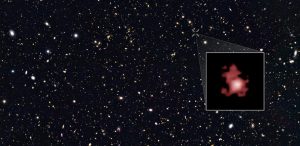
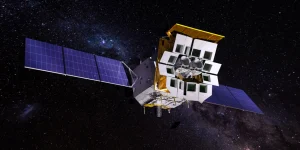



Thank you for your comment! It will be visible on the site after moderation.